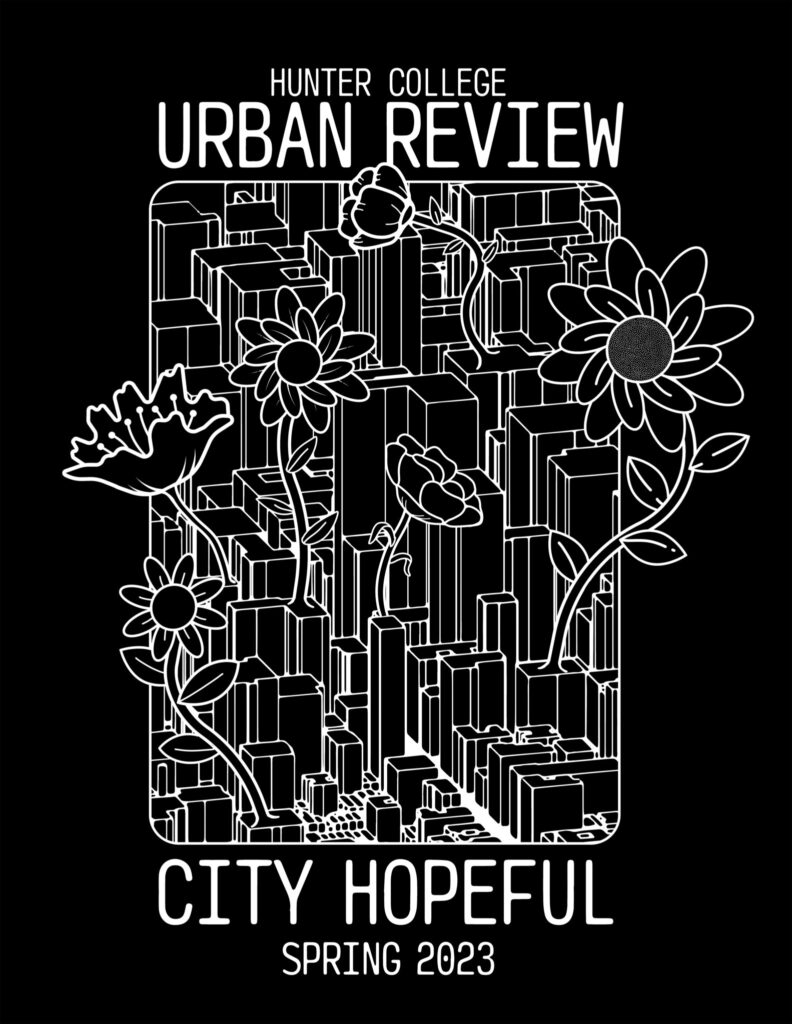
New York City’s reputation among the nation at large has often been cyclical, variously valorized, and defamed. Staunch critics of urban life decry New York and other major American cities as havens of crime, filth, the exorbitant cost of living, and other quality-of-life concerns. In the late 20th century, with the decline of its port and industrial economies and the loss of much of its population, many viewed the demise of New York as the nation’s premier metropolis as all but ensured, only to see population numbers roar back to historic heights in subsequent decades. More recently, doomsayers predicted that the Covid-19 pandemic would spell the end of New York, only to see yet another revival, with housing vacancy at a nearly two-decade low, a resurgence of retail activity, and a host of other indicators that the city is very much alive and well. While New York has many real issues that it will continue to face, it must be said that the people who bet against the City itself are always proven wrong, time and time again.
The Spring 2023 issue of the Urban Review entitled “City Hopeful” was put together during a critical time for New York. The compounding effects of an influx of asylum seekers due to the end of Title 42 and the scrapping of Governor Hochul’s plan to boost affordable housing in New York State budget talks have set fire to an already burning housing crisis. This comes at the heels of the Covid-19 pandemic, and the budding resurgence New York City has seen since declaring the end of the state of emergency. In a time such as this, it is crucial to cling to the hope that has been consistently present in the city. Hope may operate as a neighborhood store anchoring a community for generations or a community association fighting for institutional change. The contributors of this issue chart a path for the City Hopeful, bravely seeking out the ways hope is evident in the city and generating ideas for the ways hope will continue to thrive in a city that is open to everyone.
Two contributors reflect on the meaning of place. In his essay on New York City’s street stacks and urban placemaking, Matt Choi encourages us to embrace the ugly, the chaotic, and the roughness that makes a city distinct, warts and all. A fitting companion to Choi’s article, Katie Zhang probes the place-bound identities New York City personifies in her review of N.K. Jemisin’s book “The World We Make.” Zhang paints an abstract portrait of the layered tensions in New York City and leaves us with a few guiding questions to reflect on how we can embody the values that empower us to make our world as we desire.
Three authors explore municipal services, in all its abundant promise and the manifold frustrations in their equitable delivery. Zhi Keng He thoughtfully examines grassroots data collection and city co-creation through 311 engagement. In his problematization of 311, He considers the hopeful potential 311 data present in realizing change while exploring the issues that plague the service at every stage of the ticketing cycle, raising equity concerns in reporting, processing, implementation, and analysis. In a similar vein, Alek Miletic simultaneously celebrates city sanitation services, while challenging the city to keep its sanitation infrastructure growing in pace with new development and to rethink the delivery of sanitation services along more equitable lines. While Miletic argues for expanding sanitation funding, Megan Diebboll offers a fitting counterpoint, outlining how city residents can reduce their waste streams. In her interview with Professor Lily Baum Pollans, Deiboll explores the possibility of community-based approaches to waste, striking a hopeful note toward a more sustainable future.
Finally, two contributors probe other facets of our changing urban life and how the city can grow in more inclusive directions in the arenas of housing and economic development. In the context of rapidly rising housing costs, Katelin Penner celebrates the wins of tenant organizing in neighboring Connecticut and the Hudson Valley. On the economic side, Victoria Pennacchio presents a big-picture challenge to the city’s narrow approach to its economy, advocating for the expansion of the fashion industry for a more inclusive economic future.
What ties this issue together is the contributors’ striving to identify the hope that can be found in the most physical of city spaces and the most abstract of city realities and their collective commitment to preserving that hope for the city’s future. We intend that their words inspire you to do the same.
Sidney Lok & Trevor Lovitz, Co-Editors in Chief
Sidney Lok is a student in the Master of Urban Planning program and a Program Assistant with the Housing and Homelessness Initiative at Trinity Church Wall Street. Her academic and professional interests include community advocacy and organizing, affordable housing, and justice reform.
Trevor Lovitz graduated from Hunter’s Master of Urban Planning program this spring. He works at the NYC Department of City Planning as a planner for Harlem and East Harlem. His independent research and writing centers on the built environment of Western Queens.

